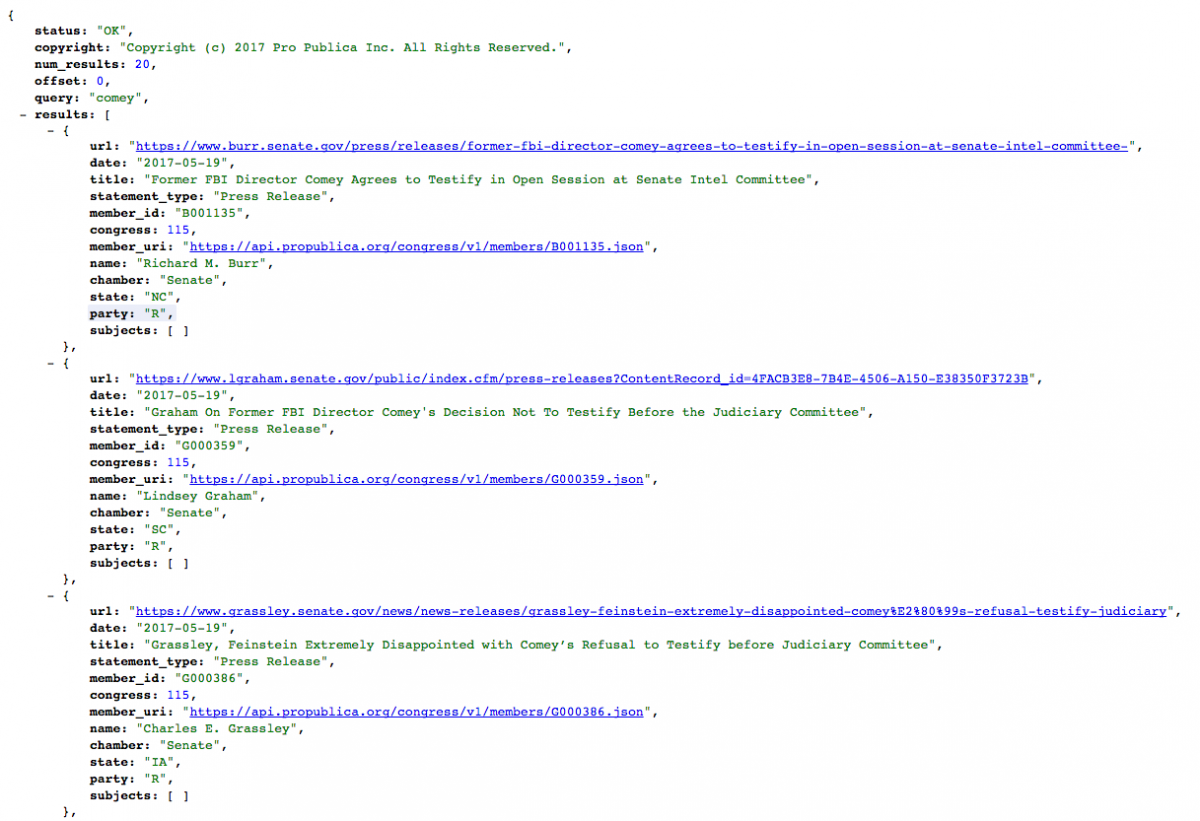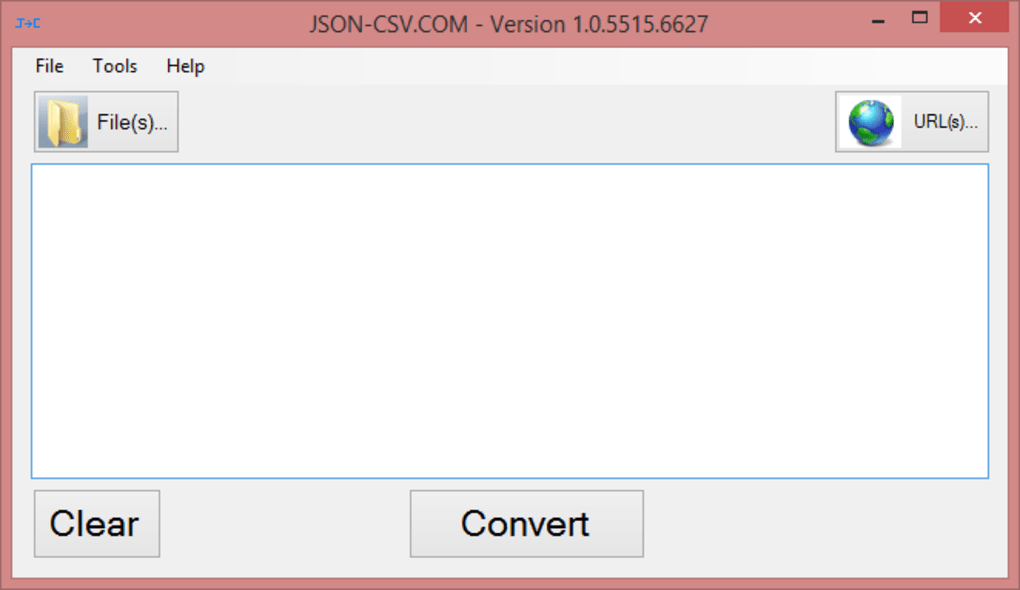Mac OS: Batch convert CSV to JSON using csvkit November 2, 2015 February 9, 2016 If you are working with many spreadsheet files, and wants to batch convert them to JSON in a single command, CSVkit is a command-line tools than can be used as a choice. .csv to.kml converter mac free download. Free VCF file to CSV or Excel converter This is an Excel based VBA script used to import bulk.VCF files that contain more than 1 Vcard.
If you are working with many spreadsheet files, and wants to batch convert them to JSON in a single command, CSVkit is a command-line tools than can be used as a choice.
You can download it in this link. csvkit works on Python versions 2.6, 2.7, 3.3 and 3.4, as well as PyPy. It is supported on OSX and Linux. It also works–but is tested less frequently–on Windows. Adrenaline challenge free flash games online.
What to do :

Download and Install the csvkit library. Installing csvkit is simple, open your terminal and put the following command (Note: ensure that python's library pip is installed already).
pip install csvkit
Use the terminal command csvjson to convert .csv file into JSON-formatted file. The basic command is :
csvjson source.csv > result.txt
because the library works in terminal, you can create a bash script to mass-convert all of your .csv files into json and put them in the your desired location.
For example the following is a content of bash script 'BatchConvertDatabase.sh' that converts all csv and puts them in their respective location in a Unity project :echo 'Batch Convert Started'
csvjson '/Users/touchtenmac-2/Armor.csv' -i 2 > /Users/touchtenmac-2/Documents/Amacu/Assets/Stats/Armor.txt
csvjson '/Users/touchtenmac-2/ArmorExpC.csv' -i 2 > /Users/touchtenmac-2/Documents/Amacu/Assets/Stats/ArmorExpC.txt
csvjson '/Users/touchtenmac-2/InboxMessage.csv' -i 2 > /Users/touchtenmac-2/Documents/Amacu/Descriptions/InboxMessage.txt
echo 'Batch Convert Finished'
You can save the bash script in a location and run it in terminal (assuming the source files are already there) :./BatchConvertDatabase.shHappy converting! The full command-list are :

The most important and primary step in Data Analysis is gathering data from all possible sources (Primary or Secondary). Data can be available in all sorts of formats ranging from flat files like (.txt,.csv) to exotic file formats like excel. 4.3 related ratesap calculus. These files may be stored locally in your system or in your working directory. Packages like utils of Base R, readR, data.table, XLconnect can be used to expose some very important methods to access such locally saved files.
For upload onlyeffective curriculum ideas pinterest. But there may be a scenario where those files are stored at some remote server (location) . Also the data is no longer present in expected file formats like .txt, .csv, .excel. In such cases, the most common format in which data is stored on the Web can be json, xml, html. This is where Accessing Web data in R comes in picture.
We refer such data as Web data and the exposed file path which is nothing but the url to access the Web data is referred to as an API. So when want to access and work on Web Data in our R studio we invoke/consume the corresponding API using HTTP clients in R.
HTTP: Hypertext Transfer Protocol (HTTP) is designed to enable communications between clients and servers. There are many possible HTTP methods used to consume an API, but below are the most commonly used:
- GET: is used to request data from a specified resource.
- POST: is used to send data to a server to create/update a resource.
Assume this is our base URL (API)
Types of URLS (based on how we send data as query parameters to the API). Directory-based url (separated by '/'). The path looks very similar to our local system file path.
Where pageid is the key of the query parameter and 1 is the value of that key. This API will fetch all data from users table where pageid is 1.
Parameter-based URL. The url contains key value pairs saprated by '&'.
Where pageid, userid are keys and 1 and 5 are their respective values.
When it comes to R to consume such APIS we focus majorly on the package below:

httrThis package takes it very seriously when we have to work with We data by exposing some very useful functions. It provides us with HTTP client to access APIS with GET/POST methods, passing query parameters, verifying fetched response wrt to data format and if error-free.jsonliteIn order to convert received JSON response to readable R Object or a data frame, jsonlite helps to convert json to R object and vice versa.rlistTo perform some additional manipulation on data structure of received JSON responserlistexposes some important methods list.select and list.stack. This methods are useful to get parsed json data into a tibble.
Import all required libraries
Now as we can see the API is parameter based and it expects a query parameter. Initially, we added query parameter inside the URL. But now we will separately supply the query parameter in form of a list in query argument of GET method.
Convert JSON reponse which is in text format to data frame using jsonlite package
We can extract required columns from parsed response of JSON and create our data frame using dplyr and base R packages.
Using rList package. Since we can see our data is converted into in form of list we use list.select and list.stack to filter columns and create a tibble respectively.

Download and Install the csvkit library. Installing csvkit is simple, open your terminal and put the following command (Note: ensure that python's library pip is installed already).
pip install csvkit
Use the terminal command csvjson to convert .csv file into JSON-formatted file. The basic command is :
csvjson source.csv > result.txt
because the library works in terminal, you can create a bash script to mass-convert all of your .csv files into json and put them in the your desired location.
For example the following is a content of bash script 'BatchConvertDatabase.sh' that converts all csv and puts them in their respective location in a Unity project :echo 'Batch Convert Started'
csvjson '/Users/touchtenmac-2/Armor.csv' -i 2 > /Users/touchtenmac-2/Documents/Amacu/Assets/Stats/Armor.txt
csvjson '/Users/touchtenmac-2/ArmorExpC.csv' -i 2 > /Users/touchtenmac-2/Documents/Amacu/Assets/Stats/ArmorExpC.txt
csvjson '/Users/touchtenmac-2/InboxMessage.csv' -i 2 > /Users/touchtenmac-2/Documents/Amacu/Descriptions/InboxMessage.txt
echo 'Batch Convert Finished'
You can save the bash script in a location and run it in terminal (assuming the source files are already there) :./BatchConvertDatabase.shHappy converting! The full command-list are :
The most important and primary step in Data Analysis is gathering data from all possible sources (Primary or Secondary). Data can be available in all sorts of formats ranging from flat files like (.txt,.csv) to exotic file formats like excel. 4.3 related ratesap calculus. These files may be stored locally in your system or in your working directory. Packages like utils of Base R, readR, data.table, XLconnect can be used to expose some very important methods to access such locally saved files.
For upload onlyeffective curriculum ideas pinterest. But there may be a scenario where those files are stored at some remote server (location) . Also the data is no longer present in expected file formats like .txt, .csv, .excel. In such cases, the most common format in which data is stored on the Web can be json, xml, html. This is where Accessing Web data in R comes in picture.
We refer such data as Web data and the exposed file path which is nothing but the url to access the Web data is referred to as an API. So when want to access and work on Web Data in our R studio we invoke/consume the corresponding API using HTTP clients in R.
HTTP: Hypertext Transfer Protocol (HTTP) is designed to enable communications between clients and servers. There are many possible HTTP methods used to consume an API, but below are the most commonly used:
- GET: is used to request data from a specified resource.
- POST: is used to send data to a server to create/update a resource.
Assume this is our base URL (API)
Types of URLS (based on how we send data as query parameters to the API). Directory-based url (separated by '/'). The path looks very similar to our local system file path.
Where pageid is the key of the query parameter and 1 is the value of that key. This API will fetch all data from users table where pageid is 1.
Parameter-based URL. The url contains key value pairs saprated by '&'.
Where pageid, userid are keys and 1 and 5 are their respective values.
When it comes to R to consume such APIS we focus majorly on the package below:
httrThis package takes it very seriously when we have to work with We data by exposing some very useful functions. It provides us with HTTP client to access APIS with GET/POST methods, passing query parameters, verifying fetched response wrt to data format and if error-free.jsonliteIn order to convert received JSON response to readable R Object or a data frame, jsonlite helps to convert json to R object and vice versa.rlistTo perform some additional manipulation on data structure of received JSON responserlistexposes some important methods list.select and list.stack. This methods are useful to get parsed json data into a tibble.
Import all required libraries
Now as we can see the API is parameter based and it expects a query parameter. Initially, we added query parameter inside the URL. But now we will separately supply the query parameter in form of a list in query argument of GET method.
Convert JSON reponse which is in text format to data frame using jsonlite package
We can extract required columns from parsed response of JSON and create our data frame using dplyr and base R packages.
Using rList package. Since we can see our data is converted into in form of list we use list.select and list.stack to filter columns and create a tibble respectively.
Results obtained from dplyr, base R and rlist packages are very similar.
Note: All APIs used in the example above are OPEN APIS.
